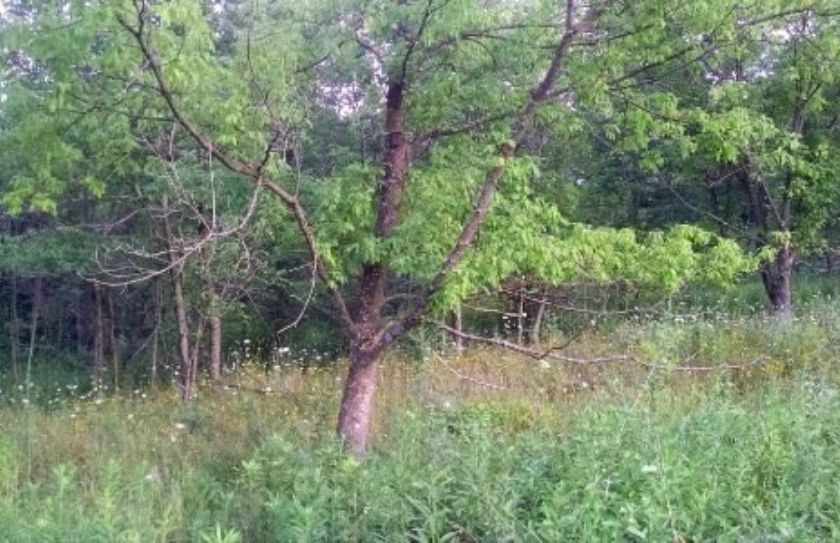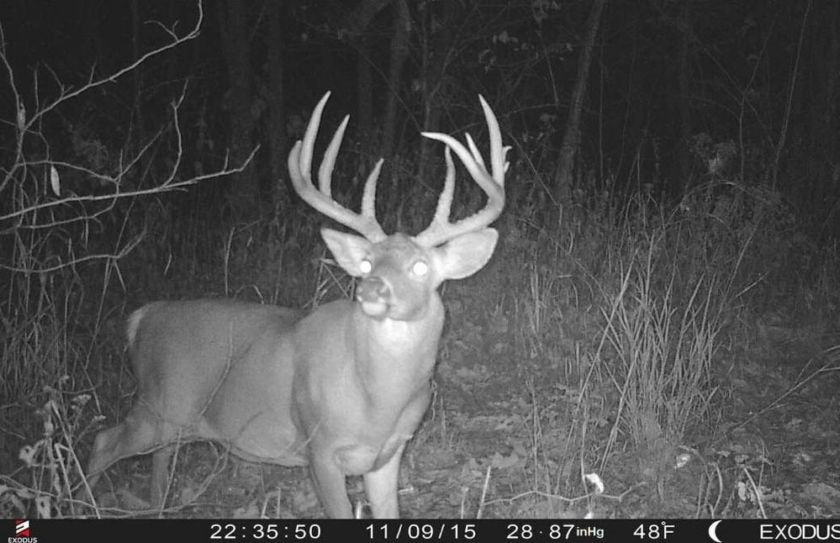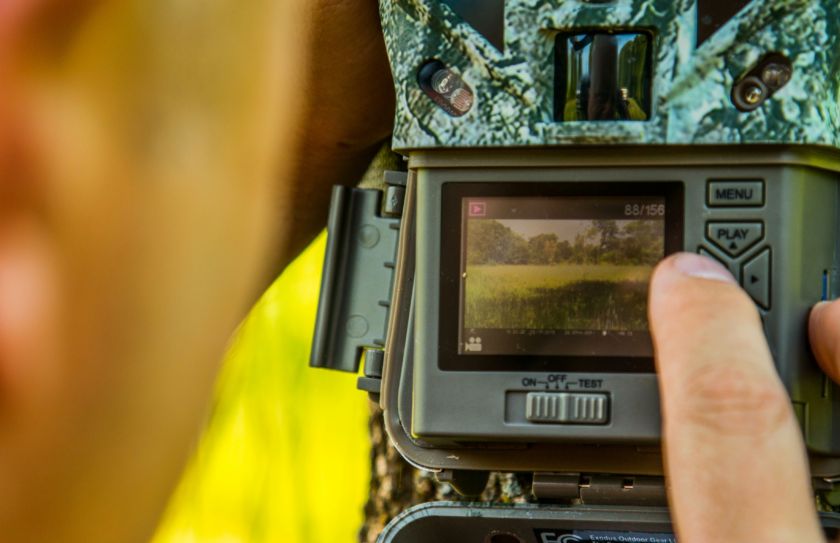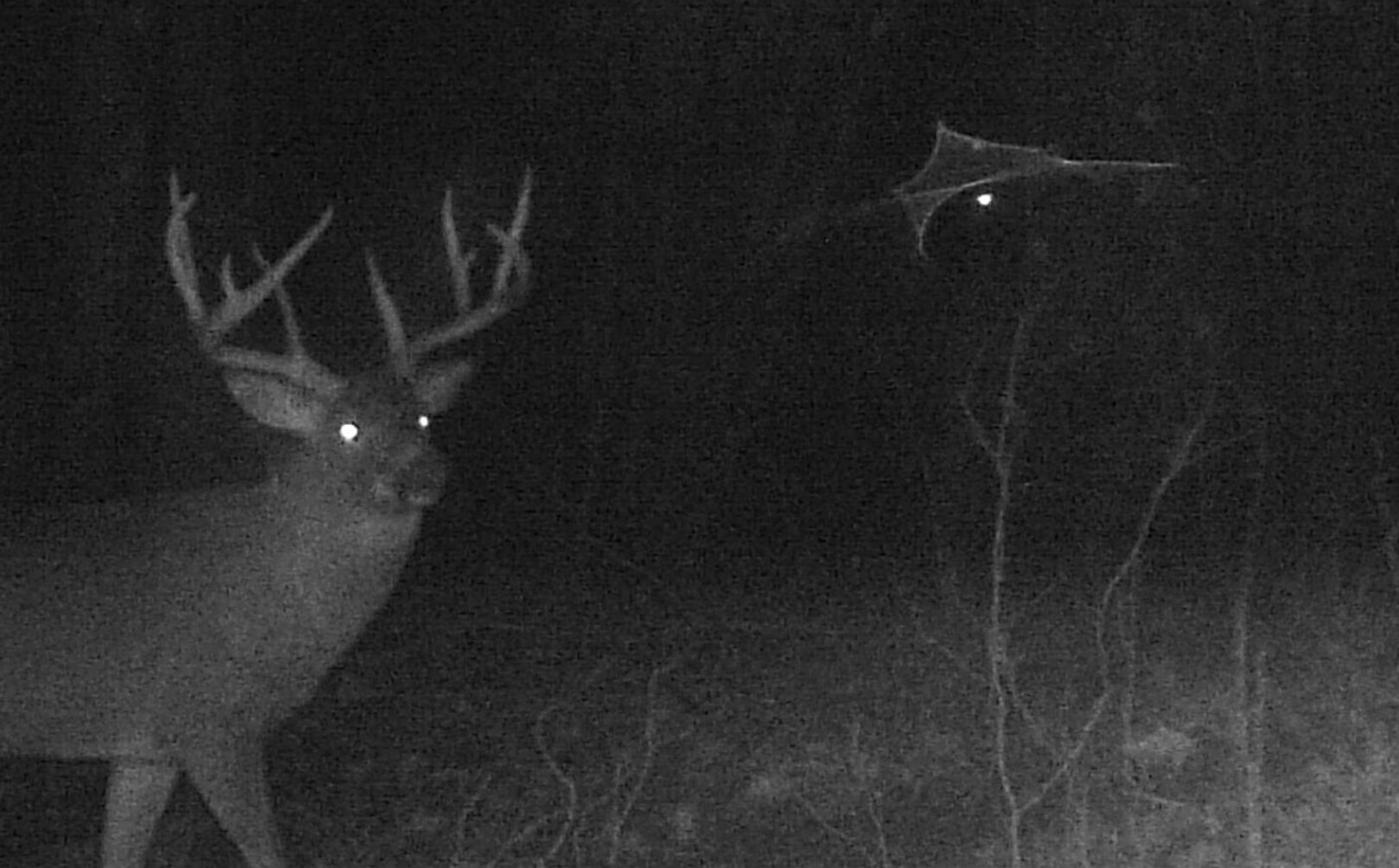
Is scouting by trail cam the best way to scout for a mature buck? In my experience, it sure is! There are primarily 3 ways to scout, but nothing compares to a trail cam, and it isn't even close. The 3 ways I personally scout, include: During the hunting season, during off-season hikes, and by trail cam, primarily from Sept to January. However, even just a single trail cam picture of a giant buck, is often worth enough intel, to narrow your efforts for hunting a specific mature buck, at a specific time of the year. A buck that is 4 years of age or older, enjoys extremely defined travel patterns that he has whittled away throughout several hunting seasons, to keep him alive much longer than the average buck. During the hunting season your stand placements should allow you to shoot a mature buck the majority of the time that you see him. Often when I see a mature buck when I am hunting, I am preparing for the shot, at a time when any form of scouting intel was already used to set the stand in the first place. You may be shocked to hear that in a typical year I will see a mature buck from my stand 3-4 times, and Shoot 1-2 of those bucks. Much of your mature buck scouting efforts should be during the year leading up to the shot. Also, rubs, scrapes and giant deer tracks offer a glimpse of a ghost, but often can be misleading for exactly which particular ghost of a buck left the sign. However, when scouting by trail cam, you need to pay attention!
What does a single trail cam pic tell you?
A trail cam pic of an individual mature buck, offers you an intimate look into the wanderings of one of the most rarest, and most reclusive whitetails in the woods. At first glimpse, a lone picture may not seem like much, but from my own personal history, if you are serious about consistently harvesting the oldest bucks in the neighborhood, you can't afford to miss out on the many clues even just 1 picture, leaves. Many mature bucks have fallen, by allowing me to get a picture of him 5 times or less, over 1-2 seasons. When my son and I changed the SD cards on one of the lands that we hunt, a particular picture that we discovered will be responsible for new treestand locations, a new waterhole, and even helped to solidify a brand new food plot location. The picture we found, I consider to be a golden ticket for next season's mature buck harvest potential, and here are several reasons how:
1. Where Did He Travel?
-The buck is traveling on a trail, that at least 2 other mature bucks used throughout the season. Although the travel patterns of the other 2 bucks were not exactly the same, as one buck etablished this area as the NE corner of his territoy and the other buck used this as the core of his home range, where they traveled through the habitat in this location, was the same. If and when this buck returns for the next season, I can expect the old giant to use the same travel corridors and patterns of movement throughout the surrounding habitat.
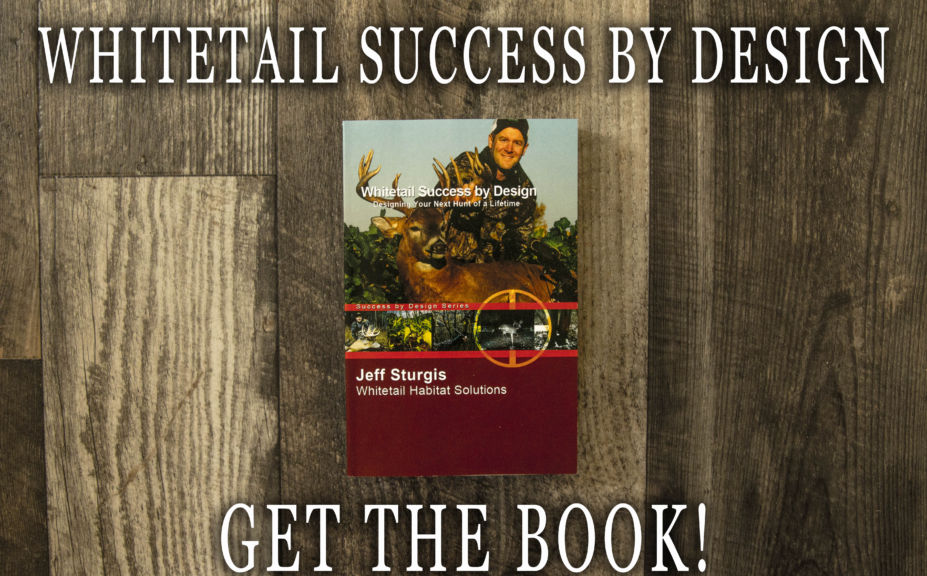
*Can one trail cam picture really offer you enough? It can when you include the information revealed in my recently completely trilogy of whitetail strategy books, The series of "Whitetail Success by Design", which details how to make sure that you are getting the highest level of strategy, for all of your whitetail efforts.
2. Why Was He Here
-This is the only picture of this particular buck that we captured while scouting by trail cam, over the course of the entire season. This particular day offers an extremely important clue, because it was the 2015 Thanksgiving Day. Although a dying practice, Thanksgiving Day is one of the few days that area hunters may participate in the act of driving deer to standers. Driving deer is a great way to have some fun, but rarely are the oldest bucks in the neighborhood harvested, as they easily can recognize and escape from, the accumulation of hunter scent and sound; often before the drive even starts! However, the neighbors that surround the land we hunt do not appear to spook their lands by driving deer. The best clue that I can come up with for this buck, on this day, is that he was pushed by a drive 2-3 parcels away, he slowly filtered into a daytime honeyhole of safety either on the land that we hunt or directly adjacent to our hunting grounds, and then filtered through our land as daylight was fading. He most likely was traveling directly away from the land he was spooked from, while in the process of completely a huge circle after dark. His goal was most likely to complete a giant loop of travel back to an alternate daytime bedding location, within a few hundred yards of the one he was spooked from. He would most likely stay in that new particular bedding location, through the end of the hunting season.
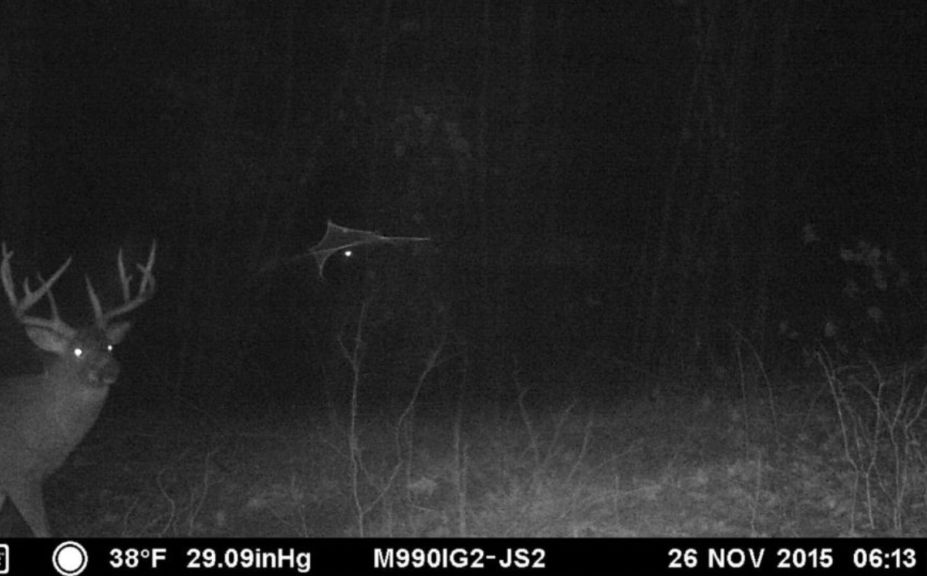
*What kind of buck are your trail cameras discovering? To find out, make sure to read "Core Mature Buck Hunting Strategies".
3. What Kind Of Buck Is He?
-This buck is a non-resident, non-core buck. He does not live near the land we hunt, let alone on the land we hunt. He is an interloper, just traveling through. He wasn't chasing a doe that I could see, and he was walking, not running. The rut at this point is long over, and this date in particular is right in the middle of the Primary and Secondary rut, so there is little chance that he was simply out for a rutting cruise. That means that he will most likely not be here during the early season, during the entire month of October, or during the Pre Rut. Instead, whether it be a during a Thanksgiving day drive, the Peak Rut, opening day of gun season or possibly during a late season feeding opporunity, the number of times that we can successfully target him will be counted in days, and not weeks. It also means that we should target other mature bucks, with the exception of very spefic days. My hope is that he visited the land, he enjoyed the couple of food plots and low-stress deer herd that were present, and that he takes a longer visit the next time.
4. What the Timing Means
-I rarely take the time or intrusion, to adjust my trail cameras during the hunting season. So, the actual time of the picture is 5:13pm, and not 6:13pm. This is very important because with the end of shooting hours taking place right around 4:55 on the 26th, that means that this buck was most likely traveling on our hunting land, during shooting hours. It also indicates that he was most likely bedding very close to where this picture was taken, and if I think back to the travel patterns of the other mature bucks and local deer movement, that puts him squarely in one very specific bedding area. That particular bedding area is ripe for a new treestand on the downwind side, due to the feature of a steep-access hunter route through deerless, open cover.
5. What We Can Do
-We had already toyed with the idea of a large food plot to help support a major portion of the acreage that we hunt, that is not currently supported by food. That area happens to be about 50-75 yards away from this particular mature buck movement, which isn't close enough to spook the existing movmement, but instead to enhance the movement. This would allow for 2 more stand locations that would be supported by the additional food source, new defined travel corridors for cruising bucks, and for additional late season food source hunting opportunities.
Scouting By Trail Cam: Believe in it!
Does it seem a little crazy to base hunting strategies from one single trail cam picture? Maybe. However, when that trail cam picture reflects mature buck sign and in-season deer movements that already exist, it can be the exclaimation point to incredible opportunity! There are many angles that you can analyze one specific trail cam photo from, but when all of those angles point to a realistic outcome, then it is time to act! And with this particular trail cam picture, the opportunity will not be wasted to act accordingly.
